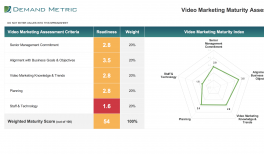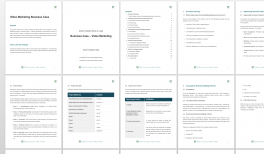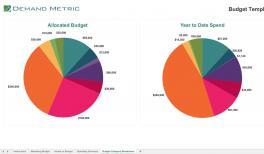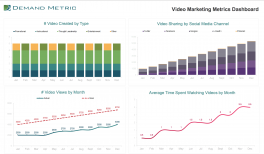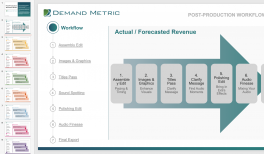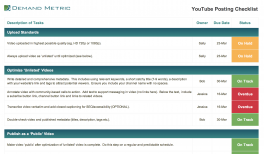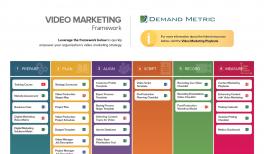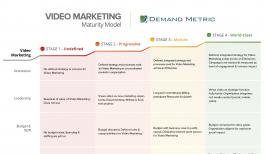Vidyard and Demand Metric recently partnered to understand how organizations and business professionals are using video while working remotely, what non-traditional use cases have emerged, and what impact video is having.
The State of Video in Remote Work
Resource Overview
Related Resources
Introduction
When COVID-19 came into our lives, businesses everywhere immediately adopted new technologies to stay connected with customers, employees, and their teammates while working remotely.
Central to this shift has been the rise in popularity of online video as the next best thing to being there in person.
Vidyard and Demand Metric recently partnered to understand how organizations and business professionals are using video while working remotely, what non-traditional use cases have emerged, and what impact video is having.
We provided study participants with the following definitions of synchronous and asynchronous communication:
Synchronous communication is communication between two or more people that takes place in real-time. One person says something and the other receives that information instantly and has the ability to respond straight away. Common examples include face-to-face conversations, phone calls, and video conferencing. In some contexts, synchronous communication may also include chat and messaging platforms.
Asynchronous communication is communication between two or more people that happens time-shifted. One person shares something and the other responds at a later time when they receive that message or when they’ve had time to process the information in it. Email is one of the most common examples. Recorded, asynchronous videos fall into this camp.
Methodology
This 2020 State of Video in Remote Work Study survey was administered online during the period of May 12 through June 5, 2020. During this period, 416 responses were collected and 376 were qualified and complete enough for inclusion in the analysis. Only valid or correlated findings are shared in this report.
The representativeness of this study’s results depends on the similarity of the sample to environments in which this survey data is used for comparison or guidance. Some figures are based on low sample sizes and therefore should be used for informational purposes only.

